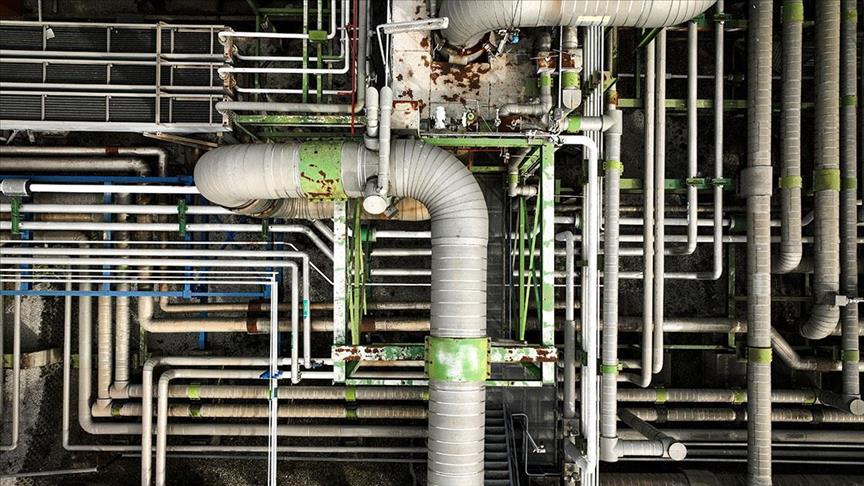

By Anadolu Agency
Liquefied natural gas (LNG) import terminals in the EU are facing reduced utilization as demand for the fuel continues to decline across the continent, according to a new report by Energy Economics and Financial Analysis (IEEFA) on Thursday.
As gas consumption in Europe continues to decline, the IEEFA’s European LNG Tracker predicts that the continent’s LNG import infrastructure may become increasingly redundant.
Following a 10-year low in 2023, Europe’s gas consumption declined by 5.4% year-on-year in the first half of 2024, with EU consumption specifically decreasing by 3%, according to the report.
LNG imports fell 20% in Europe and 11% in the EU in the first half of this year, reflecting lower demand. IEEFA forecasts that Europe’s demand for the fuel will drop by a further 37% by 2030.
The decline in LNG demand has led to a significant drop in utilization rates for Europe’s LNG import terminals, falling to 47.2% during the first half of the year, down from 62.8% in the first half of 2023.
After Russia’s invasion of Ukraine in 2022 and the resulting disruption of Russian pipeline gas supplies, European countries rushed to construct new LNG import terminals, the report added. However, recent developments indicate that this expansion is now slowing down.
– Europe continues to expand LNG infrastructure
Since the beginning of 2022, Europe has increased its LNG import capacity by 23%, or 58 billion cubic meters (bcm).
The countries that have added the most capacity are Germany (16 bcm), the Netherlands (13 bcm), Türkiye (7.7 bcm), Italy (7.5 bcm), France (6.5 bcm) and Finland (5 bcm), according to the report.
Despite the declining demand for natural gas, several European countries are continuing to invest in new LNG import infrastructure which could lead to a significant overcapacity, ‘with up to three-quarters of the continent’s LNG import capacity potentially going unused by 2030,’ according to the IEEFA.
– Europe continues to import Russian gas
Despite the bloc’s goal to phase out reliance on Russian fossil fuels by 2027, the EU’s imports of Russian LNG increased by 11% year-on-year in the first half of 2024.
French imports of Russian LNG surged by 110%, while Spain’s import levels remained flat. Import from Belgium dropped by 16%. Together, these three countries accounted for 87% of Europe’s Russian LNG imports in the first half of 2024.
The EU countries agreed in June to ban the transshipment of Russian LNG through its ports to third countries, from March 2025 onward. Meanwhile, Europe’s transshipments of LNG from Russia’s Yamal terminal rose by 15% year-on-year in the first half of 2024.
With Ukraine’s gas transit deal with Russia expiring this year and Europe reducing LNG imports by 18 bcm, the continent’s supply security is unlikely to be impacted if the agreement ends, experts predicted.
‘Europe’s LNG terminal construction spree might be coming to an end, with some countries delaying or canceling infrastructure,’ Ana Maria Jaller-Makarewicz, the lead energy analyst at IEEFA, said.
‘Since the beginning of 2023, new terminals or expansions have been shelved in Albania, Cyprus, Ireland, Latvia, Lithuania and Poland, while it is unclear whether three planned terminals in Greece will go ahead’ Jaller-Makarewicz added.
We use cookies on our website to give you a better experience, improve performance, and for analytics. For more information, please see our Cookie Policy By clicking “Accept” you agree to our use of cookies.
Read More